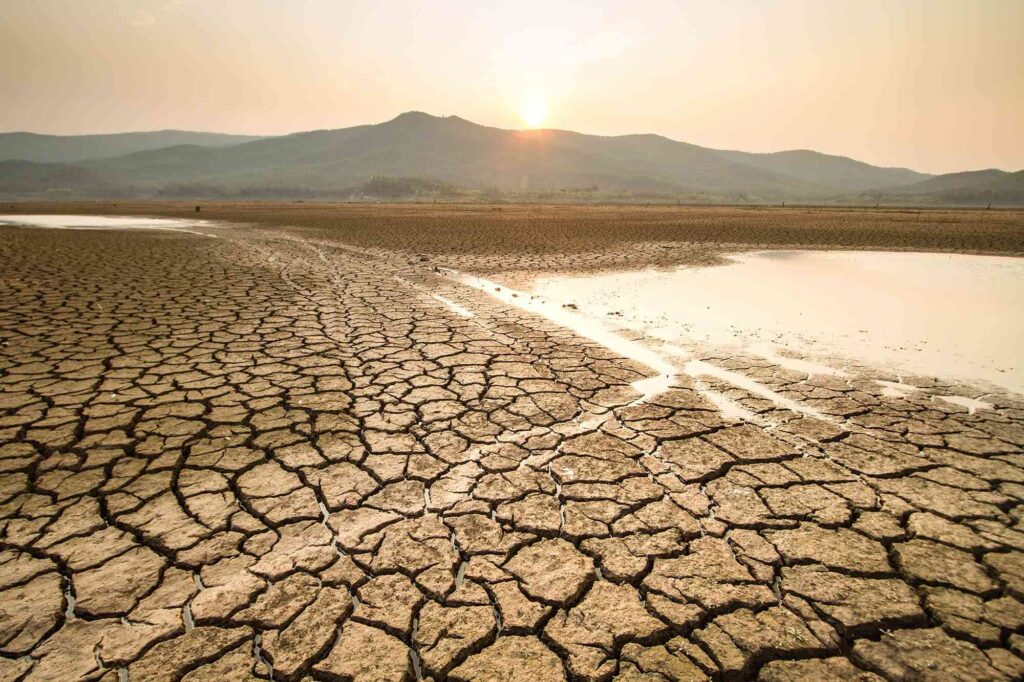The 2010s were the decade of dashed hopes and disappointment following a century of continued climate denial. We are in a new era now. An era defined by climate and nature action that is bearing witness to an unprecedented global shift as the most influential leaders and organisations coalesce around the new net zero, nature positive economy of the future.
Investors and CEOs look to corporate heavyweights like Blackrock CEO Larry Fink to guide their next green investment while headlines track the machinations of climate-touting billionaires.
Boardrooms in Australia cite investor-driven ESG momentum, market-led nature repair, corporate sustainability, and industry net zero targets. Once shoved to the sidelines of private sector discourse, climate and nature are now taking centre stage.
It’s a remarkable feat, one that few could dream of just a few years ago. But as all eyes set upon these powerful circles, it has become too easy to gloss over the path we took to get here. Let’s not forget the real heroes of this story.
The momentum gathering today is not because of these corporate heavyweights and market movers alone. They are standing on the shoulders of invisible giants, and those giants come in the form of grassroots organisations, scientists, activists, nonprofits, First Nations people, young people, and communities who have spent centuries laying the groundwork to ensure climate and nature are prioritised.
These individuals and networks are the lifeblood of the progress we enjoy today. These are the people that have marched, fought, bled, and begged for the right for everyone to live in a socially equitable, environmentally sustainable society. And rarely have they been celebrated for their sacrifices. Instead, throughout history they have been scorned, belittled, ignored, beaten and imprisoned. Today, these voices are often tokenised; their contributions to climate and nature policy are undermined, while their ideas are rebranded and repackaged in ways that are antithetical to the original intent.
Grassroots organisations and activists, in particular, are often stigmatised as radical and shunned from corporate and political decision-making spaces. Just last month, the South Australian government passed new laws that would see protesters fined up to $50,000 along with potential jail time. Last week, climate activist Hoang Thi Minh Hong was arrested In Vietnam following a string of similar prosecutions against environmentalists.
Right now, in Australia, in fact, right across the globe, protesting environmental inaction carries a harsher penalty than perpetrating environmental abuse.
In the last decade, more than 1700 environmental activists have been murdered worldwide; that’s roughly one killing every two days, with indigenous people facing a disproportionate share of the attacks.
Whether you disagree with their methods or not, one thing is undeniable: grassroots groups are the backbone of society and have shaped Australia in fundamentally positive ways. In every policy, every decision and every bit of freedom you have been given as a citizen, if you look closely, you will undoubtedly find the footprint of these grassroot and community networks who have made that possible.
In 1976, sixteen people met at the home of Dr Bob Brown to discuss their shared objections over the construction of a proposed dam in Tasmania’s Franklin River. The dam, they knew, would have devastating consequences on forests, native species habitat, as well as the culturally and archaeologically significant site, Kutikina Cave.
This small group of wilderness activists spawned one of the greatest environmental movements in Australian history, morphing into a 6,000-person-strong street march.
This triggered a Referendum, brought down two state Premiers, plagued two prime ministerships and successfully halted the dam’s construction. The advocacy of the environmental groups involved in this protest set off a series of landmark events that would forever shape Australia’s political history; the formation of the Greens, a landmark High Court case, the listing of the area as a UNESCO World Heritage site, new regulations under the National Parks and Wildlife Conservation Act 1975, the passing of the World Heritage Properties Conservation Act 1983, and the strengthening of understanding of Aboriginal identity and cultural heritage.
All over the world, grassroots and activist networks have spawned some of the largest policy changes in history. From the original ‘tree-huggers’ movement in 18th century India, which saw villagers defending forests against commercial logging, to the 1966 Wave Hill protests by the Gurindji people that established First Nations land rights in Australia, to the Greenpeace fleet that took the first ever direct action against whalers in 1975 triggering an international moratorium on commercial whaling, to the small band of scientists in the US who instigated the banning of the insecticide, DDT.
Today, the tradition and legacy of these peripheral but powerful voices are reflected in some of Australia’s most influential policies and protections. Our bushfire and climate disaster responses, the restoration of habitats and protection of species, the availability of clean air and safe drinking water, the establishment of native title, the protection of oceans and the Great Barrier Reef, the elevation of marginalised voices, and the blueprint for clean energy implementation are all thanks to these bands of people who we so freely condemn as ‘radicals’; grassroots organisations, scientists, activists, nonprofits, First Nations people, young people, and communities – often volunteers of this thankless work.
These are the people you can thank for taking on the work that nobody else would, work that is considered too ‘soft’ to be elevated among the most influential circles in Australia. Our wildlife shelters and their voluntary carer network, our citizen scientists painstakingly identifying and monitoring endangered species, our volunteers restoring coral reefs, our NGOs investigating environmental abuses, our think tanks providing pathways for corporate decarbonisation, our First Nations people filing lawsuits against major polluters, our scientists monitoring changes across land and sea, our activists filing shareholder resolutions to get climate on the agenda of the largest companies in the country.
For too long, there has been a false notion that the work of these individuals and networks is inferior to ‘real business’. Little recognition has been given to the fact that it is these people that have mobilised millions of others to solve the world’s most pressing problems while getting a fraction of the salary (if any at all) and being alienated from key decision-making bodies.
When you’re standing on the shoulders of giants, don’t forget to keep their fire burning. These grassroots networks are not peripheral to climate and nature discourse; they are the architects of the progress we enjoy.
The privileges we have today were borne of advocacy. And advocacy of the past is more palatable to us than the advocacy of the present. But make no mistake, in the midst of the greatest planetary crisis in human history, never have we needed these voices more.
Today, Tasmania’s Franklin River – which represents one of Australia’s most iconic environmental victories – would likely be damned. After all, the success of this campaign rested upon the right for community to show up and advocate; a right that is rapidly being eroded in Australia.



